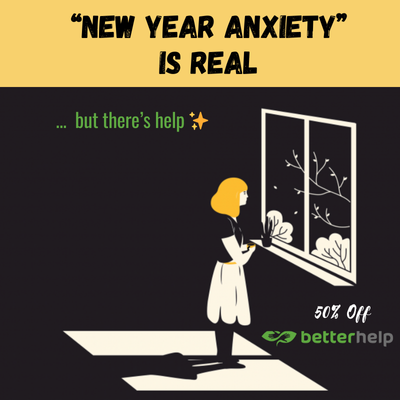Have you ever been really thirsty and hungry? For tens of thousands of Kenyans right now, the answer would be a resounding, yes. The country is experiencing its worst drought in living memory. In a space of less than two decades, Kenya’s oases, pastures, and forests are rapidly disappearing, driving communities toward loss of livelihood and famine. These communities have become environmental refugees, and our 21st Century canaries in the coalmine.
While it may feel like this disaster is far away, it is sending us a message about what is in store for the rest of us if we don’t begin to act now. Although contributing least to the causes of climate change, Africa is among the first to feel its effects. It has reached its tipping point.
Climate change is not just a dirty energy issue. It is estimated that a third of greenhouse gas emissions come from deforestation and unsustainable agricultural practices. Healthy forests, grasslands and wetlands, in addition to storing carbon, protect and preserve biodiversity and lessen the impacts of climate change. That comes down to what we are eating and what we are buying now.
A key element of Kenya’s current drought is the ongoing destruction of the Mau Forest, one quarter of which has been converted to farmland in just the last fifteen years; severely limiting the country’s ability to cope with this catastrophe. The Mau Forest Complex is the chief water-catchment for Kenya, its runoff also affecting Uganda and Tanzania. The waters from the Mau run north into Kenya’s Lakes Baringo and Turkana, east into Lakes Nakuru and Naivasha, and southeast through the Tsavo Ecosystem and into Lake Natron. It is also the headwaters of the Mara River, which drains into Lake Victoria, the source of the Nile. On its way there, the river feeds the Mara River Basin.
The Mara River Basin surface area is approximately 60% in Kenya, 40% in Tanzania and encompasses the Mara-Serengeti Ecosystem, which is home to Kenya’s gem; the Maasai Mara Game Reserve. This ecosystem embraces one of our earth’s epic natural wonders, the yearly Great Migration of over 1.5 million wildebeest, hundreds of thousands of zebra and over a half million gazelles…along with the millions of tourists who come to behold this spectacle. This migration is the life-blood of the predators, who not only drive the tourist industry, but drive the health of the ecosystem itself: Lion, leopard, cheetah, hyaena, and the largest of them all, the crocodile.
For the first time in contemporary history, the river is too low in many places for the crocodiles to successfully hunt. The enormous herds of ungulates (hooved animals), in their push outward from the Serengeti walked, rather than swam, across the river’s shallows in their ever pressing need for the grasses, which are not there due to the failing rains. In the dry season, the river is the only flowing fresh water available, providing critical habitat for elephants and a vast array of other species of mammals, plants, and migrating birds. If the river dries up, it will only be a few short weeks before hundreds of thousands of animals across all species begin to die, with the very real possibility that the wildebeest population could collapse altogether. So too, would Kenya’s economy.
This is a Very Big Deal, and it should not be happening. It is people who deforested the Mau. The problems that brought about the collapse of some our past great societies, such as the Maya, Easter Island and even the Roman Empire, included deforestation, soil erosion, desertification, over-hunting, over-fishing, pressure on fresh water supplies, depletion of energy reserves, pollution and population increase. Does this sound familiar?
The cascade of consequences from Kenya’s disaster has far reaching implications. The massive livestock losses and lack of water is resulting in thousands of people migrating to other areas, adding competition for already strained resources. This is, in some cases, resulting in outright armed conflicts over water, land and food––people-to-people and people-to-wildlife––both within Kenya and across the border with Uganda. In East Africa we are perceiving a glimpse into what even American defense experts are acknowledging as potential threats to national security.
Climate change is here and it is not going away any time soon. While responding to crises on a case-by-case basis is necessary, we must begin developing multi-layered, full scope solutions that will help our children’s children live in the world they inherit from us. The dangers associated with climate change are human fed and need to be tackled both bottom-up through improved education and civil action, and top-down through leadership and better regulation to spur innovation across the board of current day-to-day life practices. The developing world need not repeat the same mistakes that the developed world has made. These challenges call upon all of us, personally and collectively, to get involved and take action. We have only one Earth. If we don’t care, who will?
WildiZe Foundation facilitates and funds conservation projects in Africa that move people toward unlocking their full potential. Our programs put local communities at the center of determining priorities and implementing solutions that underscore economic, environmental and wildlife practices that regenerate the earth in their day-to-day life-ways.










Read 0 comments and reply